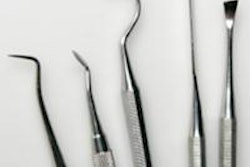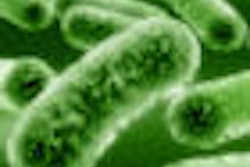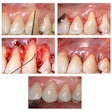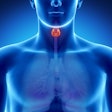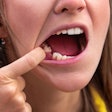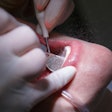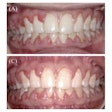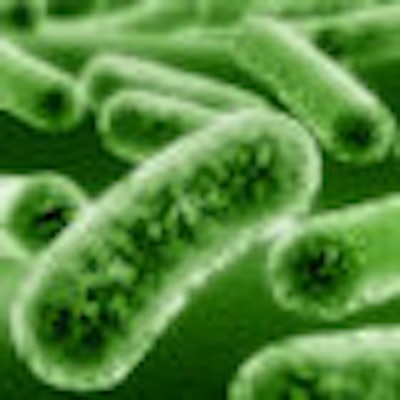
Smokers have a richer population of microbes associated with periodontal disease than nonsmokers, according to research presented at the recent International Association for Dental Research (IADR) meeting in Seattle.
Matthew Mason, an oral biology graduate student at the Ohio State University College of Dentistry, described the efforts he and his co-investigators undertook to compare and characterize the oral microbial fingerprints of 100 smokers and 100 nonsmokers selected at random from the Columbus, OH, community.
The participants were both periodontally and dentally healthy, had no known systemic diseases, and had not received a professional dental cleaning or antibiotics in the previous 90 days.
“Being a smoker is enriching the community of disease-associated organisms even in a state of clinical health”
The researchers took small samples of the subgingival plaque in the individuals and isolated the DNA in the samples. They then amplified the DNA and sequenced it. Next, they determined the genus and species of the microbes represented by the DNA and generated a phylogenetic tree and a microbial fingerprint for smokers and nonsmokers.
A phylogenetic tree is a depiction of a group of species and how they are related to one another, with the broad classifications (phylum, class, and order) in the center and more specific classifications (family, genus, and species) in branches radiating outward.
The results showed that both the smokers and nonsmokers had approximately 270 species of microbes in their mouths. Most of the species were present in somewhat different concentrations in the smokers versus nonsmokers. Overall, the microbial fingerprints of smokers do not overlap very much with the fingerprints of nonsmokers, the investigators found.
More pathogenic species
The team then performed a more detailed analysis of the abundance of nine microbial species in each person's mouth to better define the differences between smokers' and nonsmokers' oral microbiomes. The results revealed that nonsmokers' mouths harbored larger concentrations of three types of microbes associated with oral health: Streptococcus phocae, Neisseria, and Haemophilus parainfluenzae.
In contrast, smokers' mouths were home to larger numbers of six other groups implicated in periodontal disease: Veillonella parvula, Filifactor, Lactobacillus, Fusobacterium, Aeromicrobium, and Desulfobulbus.
"Being a smoker is enriching the community of disease-associated organisms even in a state of clinical health," commented Mason.
In the final step in the study, the researchers looked at whether an individual's microbial fingerprint could be used to tell whether that person is a smoker or nonsmoker. They found that there is a true-positive probability of about 85% for predicting whether someone is a smoker based on the DNA profile.
The investigators now hope to look at other possible determinants of the oral microbial colonization, including age, gender, and genetics, and the effects of other factors such as ethnicity and obesity.
"Universally applying microbial replacement therapy to all individuals -- such as by using broad-spectrum antibiotics -- may not always be the best course of treatment without thinking about what an individual's microbial fingerprint is predicted to be in health," noted Mason.




